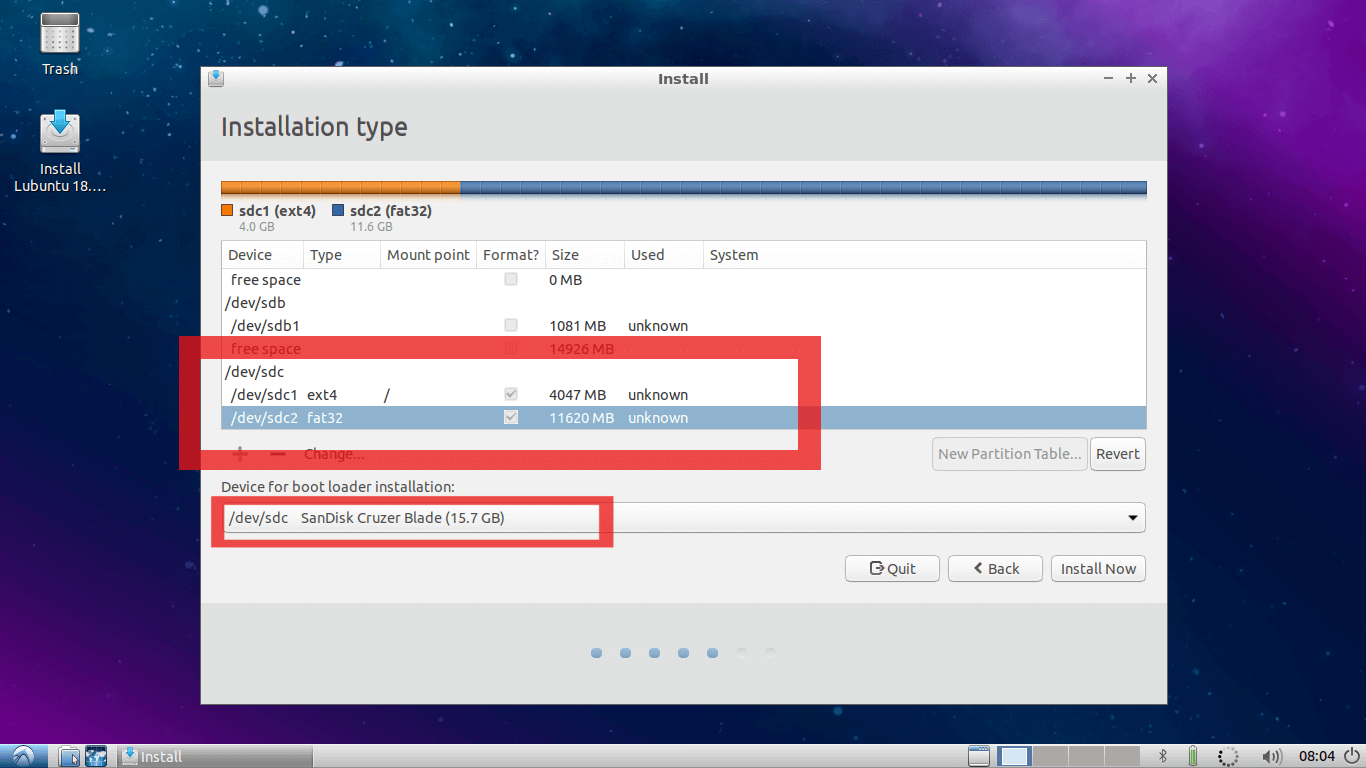

- How to put grub on usb install#
- How to put grub on usb update#
- How to put grub on usb portable#
- How to put grub on usb iso#
If that’s the case, disable secure boot first. Note: Some systems won’t allow booting from live USB if secure boot is on. Different manufacturers set different keys for accessing the BIOS settings. When the system is booting and it shows the manufacturer’s logo, press F10/F12 keys repeatedly. Plug in both USBs to your system and restart it. You have to boot from this live USB now and for that you’ll have to access the boot settings. Part 2: Installing Ubuntu on the USBĪlright! So you have a live Ubuntu USB and an empty USB where you’ll be installing Ubuntu.
How to put grub on usb install#
When you have created the live USB, it’s time to use it to install Ubuntu on the other USB.
How to put grub on usb iso#
Run Etcher and browse to the downloaded ISO and USB and hit the flash button. You may use Etcher which is available for Linux, Windows and macOS.ĭownload Etcher. There are several tools available for writing the ISO image to the USB. I have a SanDisk SSD and when I used installed Linux on it, the experience was very smooth, almost like the SSD on the system.

If you have a desktop PC, you may remove the hard disk and that could solve the problem but things will be difficult when it is a laptop. The solution or workaround to the bootloader problem is that you do not let the installer know that there is already an ESP partition. Things to know before installing Linux on a USB I’ll share a neat trick for installing Ubuntu or other Linux distributions on a USB without messing up with the bootloader of the host system and the system on the USB.īefore you start following the tutorial, read it entirely and then go about doing it on your system.
How to put grub on usb portable#
This fails the entire idea of having a portable Linux USB, right?
How to put grub on usb update#
This means that the Linux installed on the external USB will be the last one to update and control the bootloader. Even if you choose to install bootloader on the external USB, it doesn’t work if hard disk already has an ESP partition While installing Linux, even if you choose the USB as the destination for bootloader, the existing ESP partition is still used for placing the EFI file for the new distribution. A system can only have one active ESP partition at a time and it causes issues. The one major problem with this setup is bootloader installation on UEFI systems. The available tutorials on the internet miss the most crucial part: the bootloader.


 0 kommentar(er)
0 kommentar(er)
